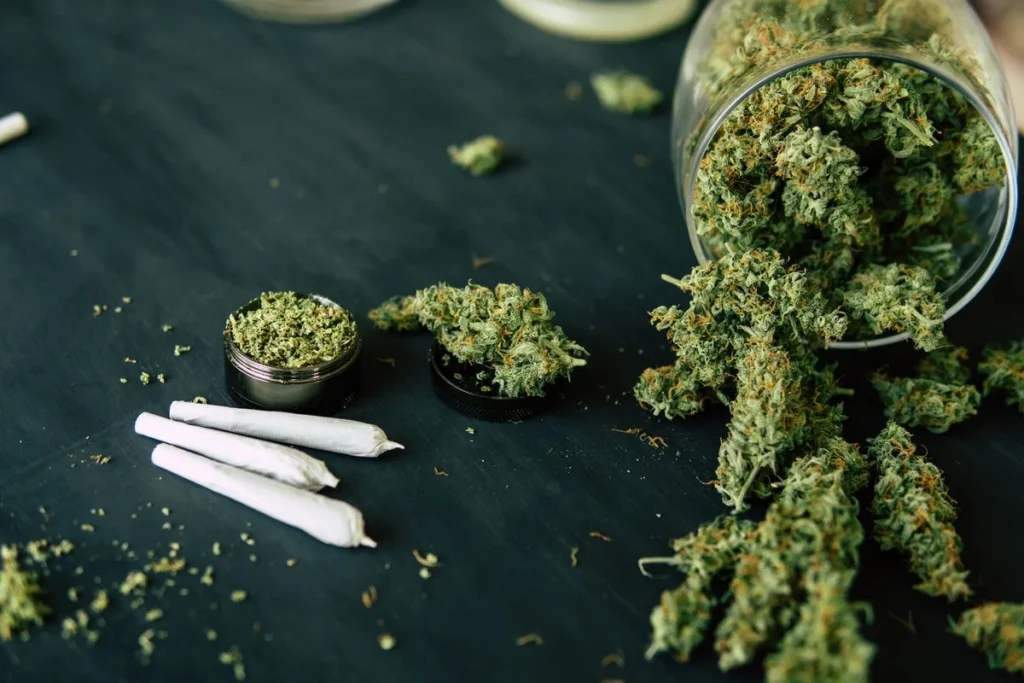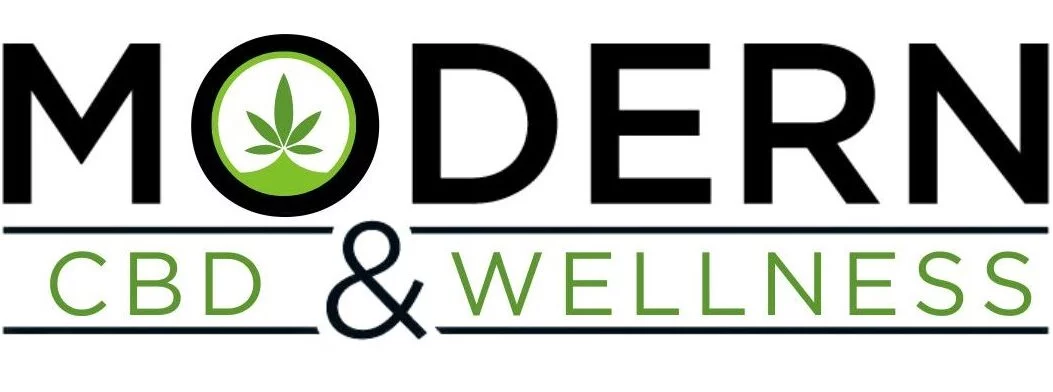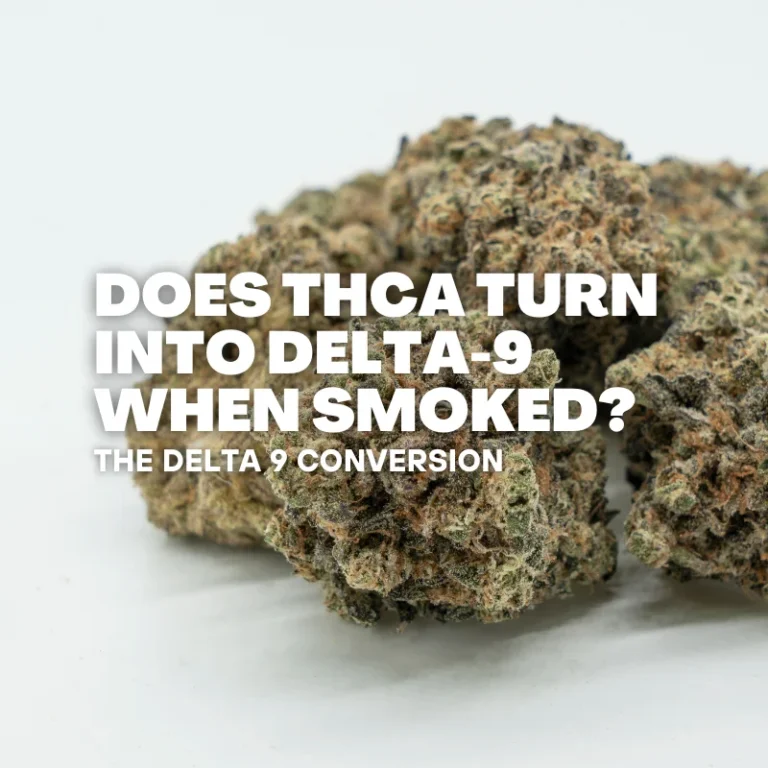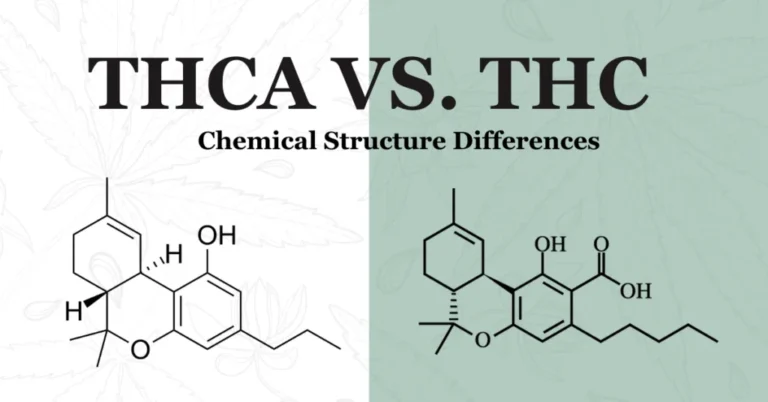Does THC-A Get You High?
As cannabis gains popularity, consumers are increasingly interested in the various compounds of the plant. While THC (tetrahydrocannabinol) is well-known for its psychoactive effects, another cannabinoid, THC-A (tetrahydrocannabinolic acid), is starting to capture attention. A common question about THC-A is whether it produces a high. This blog will delve into the science behind THC-A and its effects on the body, helping you make informed choices about this fascinating cannabinoid.
THC-A, or tetrahydrocannabinolic acid, is the raw, acidic precursor to THC found in cannabis plants. When cannabis is harvested and not subjected to heat, THC-A remains non-psychoactive, meaning it doesn’t induce the typical high associated with marijuana. In its natural form, THC-A is prevalent in fresh cannabis flowers but lacks the mind-altering properties of THC.
To understand why THC-A doesn’t produce a high, it’s crucial to delve into the concept of decarboxylation. This process is key to converting THC-A into THC, the compound responsible for the psychoactive effects commonly associated with cannabis. Decarboxylation occurs when cannabis is subjected to heat, whether through smoking, vaporizing, or cooking.
During this process, THC-A undergoes a chemical transformation as it loses a carboxyl group (COOH). This loss converts THC-A into THC, which actively interacts with the brain’s cannabinoid receptors to produce the characteristic high. Without the application of heat, THC-A remains in its original state and does not undergo this transformation. Consequently, THC-A does not engage with the brain’s cannabinoid receptors in the same way THC does, resulting in a lack of psychoactive effects.

While THC-A doesn’t induce a high, it still holds potential benefits. Research suggests it may offer anti-inflammatory, neuroprotective, and antiemetic (anti-nausea) properties, making it appealing for those seeking therapeutic effects from cannabis without the psychoactive experience. Some studies propose that THC-A could be useful for conditions like arthritis, epilepsy, and autoimmune disorders, although further research is needed to fully understand its medicinal potential.
For those interested in THC-A, consuming it requires avoiding heat. This means incorporating raw cannabis into juices, smoothies, or tinctures. Raw cannabis juicing, which involves blending fresh cannabis leaves or flowers, helps maintain the THC-A content. Tinctures specially formulated to preserve THC-A are also available for those wanting to benefit from the cannabinoid without experiencing any psychoactive effects.
THC-A differs from THC primarily in its psychoactivity. While THC-A does not cause a high, THC is known for its psychoactive effects. THC-A is present in raw, unheated cannabis, whereas THC results from heating (decarboxylating) THC-A. Both compounds may offer therapeutic benefits, but THC is more established for recreational use, while THC-A is being investigated for its potential wellness and health applications.
Regarding legality, THC-A’s status is often different from that of THC. Since THC-A in its raw form doesn’t produce a high, it is frequently categorized differently in legal terms. Under the 2018 Farm Bill, hemp-derived THC-A products containing less than 0.3% THC are federally legal in the U.S. However, cannabis laws vary by state, so it’s important to verify local regulations before purchasing or consuming THC-A products.
In summary, THC-A does not get you high. Unlike THC, which interacts with the brain’s cannabinoid receptors to create a psychoactive effect, THC-A remains non-psychoactive unless heated. This makes it an attractive option for those interested in exploring cannabis for its health benefits without experiencing the mind-altering effects of THC. As research into THC-A progresses, its role in cannabis use and potential health benefits will become increasingly clearer.






